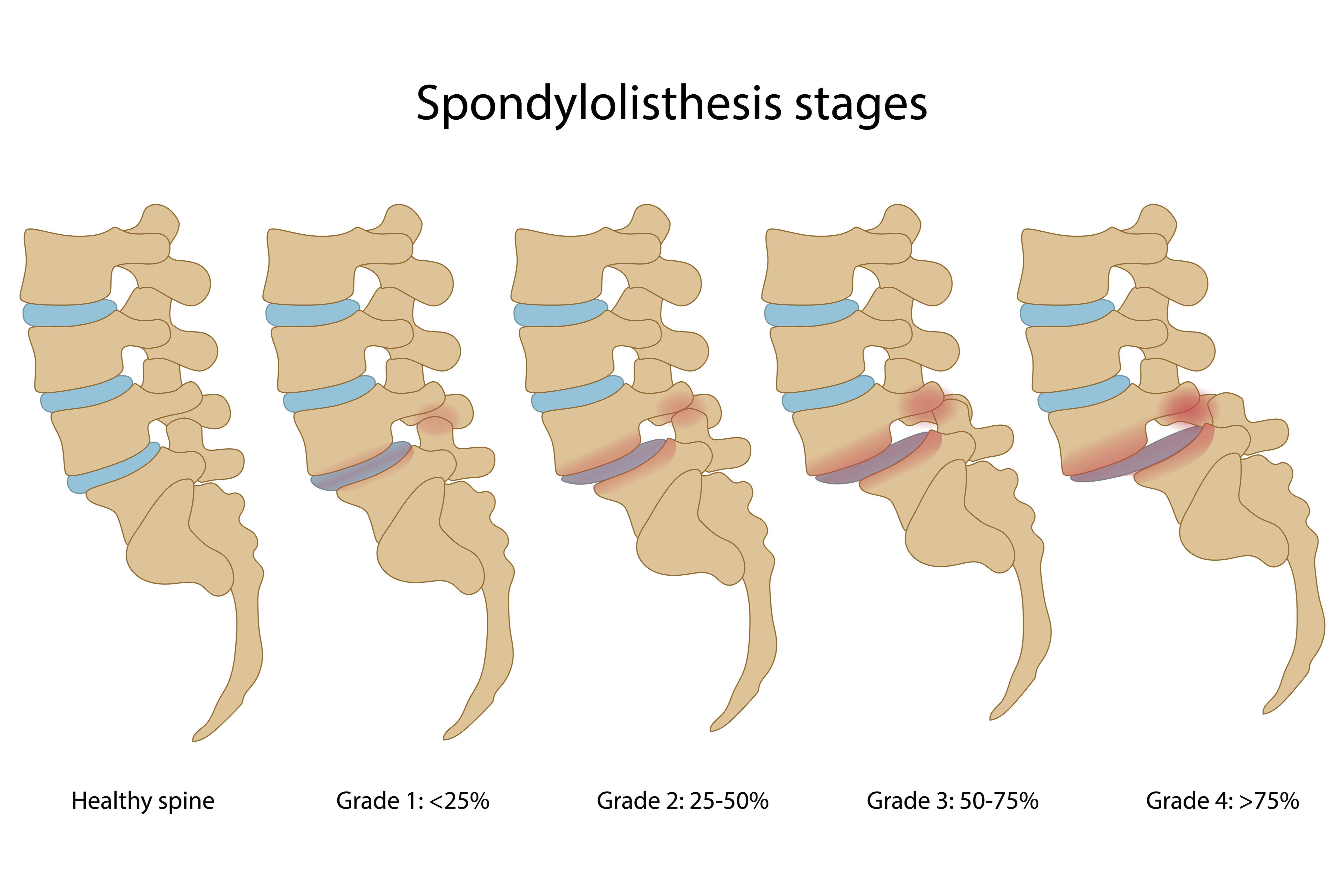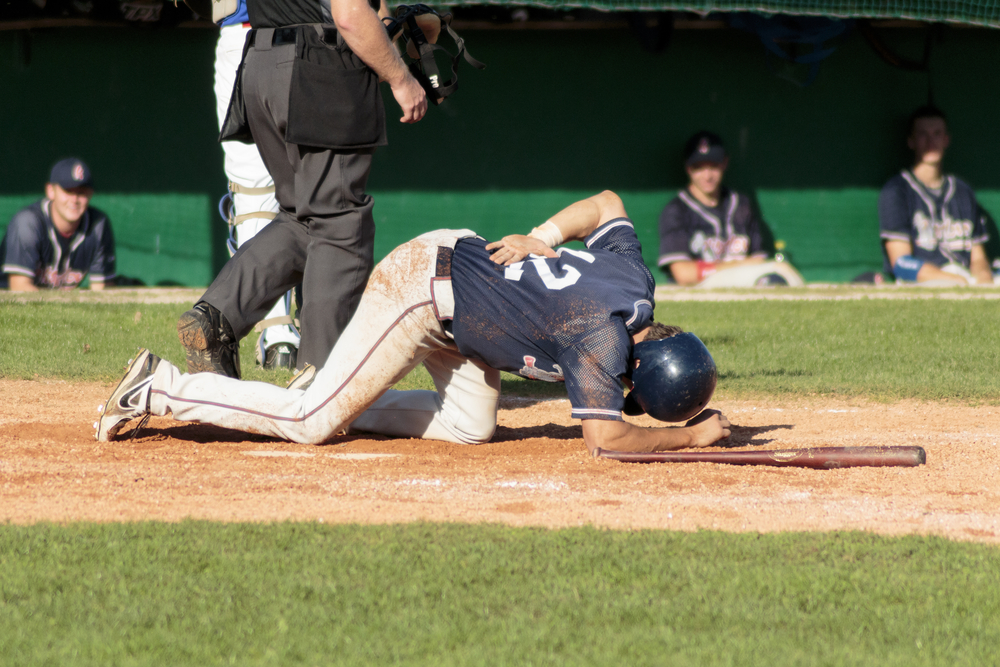Low back pain in athletes occurs at an alarmingly high rate. Various studies suggest 1/3 to 2/3 of athletes will experience low back pain during a competitive season. Athletes perform high-speed movements often with excessive loads. Sports such as golf, baseball, gymnastics, hockey, and tennis require repetitive rotational movements. This stresses the bones, joints, and discs of the spine.
Repetitive rotation and arching backward with high forces at fast speeds contribute to injuries of the discs and bony structures. Injured athletes must learn to control and dissipate these forces. Thankfully, rehabilitation exercises can help the injured athlete get safely back to their sport.
Low Back Stress Injuries in Athletes
Stress reactions and stress fractures of the spine are common in young athletes. The spine of children and adolescents is susceptible because the bones are still developing. Spondylolysis is a crack or stress fracture in one of the vertebrae of the low back. Most commonly, the stress fracture occurs in the fifth vertebra of the lumbar spine (L5). In some cases, the stress fracture weakens the bone and the vertebra starts to shift or slip forward out of place.

In children and adolescents, this slippage most often occurs during a growth spurt. The severity of the slippage is graded from 1 to 4. Most athletes with grades 1 and 2 respond very well to a period of rest and rehabilitation. The injured bone heals with rest from any repetitive movements involved in their sport. Rehabilitation targets the strength of your trunk muscles to help relieve stress on the healing bone. Some higher-grade injuries require surgery to stabilize the spine.
Research Support for a Safe Return to Sport
Athletes with stress injuries of the spine require a minimum of 3 months of rest from their sport. The severity of the injury and the nature of the sport may require longer periods of rest. One study found excellent return to sport rates after 4.6 months of rest and rehabilitation.
A recent study showed baseball (54%), soccer (48%), and hockey (44%) to have the highest prevalence of stress injuries in boys. Gymnastics (34%), marching band (31%), and softball (30%) were found to have the highest injury rates in girls. Athletes in these sports may benefit from longer rest and rehabilitation periods.
A 2017 study from the Children’s Hospital in Columbus, OH investigated the timing of referral to physical therapy in athletes with stress injuries of the spine. Athletes who began physical therapy sooner were able to make a return to sport 25 days earlier than those who delayed treatment. The early physical therapy group returned to their sport at approximately 3 months. The delayed physical therapy group returned after 4.5 months of rest and rehabilitation. These studies suggest appropriate rest and early rehabilitation foster a safe and timely return to sport.
Common Rehabilitation Exercises for Athletes with Low Back Pain
Early rehab for stress injuries of the spine begins with controlling pain and normalizing mobility. Most athletes experience a significant reduction in pain once they are removed from sports. Trunk and hip strengthening exercises begin in non-weight-bearing positions. This is usually on the back, side, or all-fours position. Athletes are instructed on how to maintain a neutral spine position to minimize stress on the healing bone. The curl-up and heel hover are 2 exercises that are initiated once the athlete can control this neutral spine position.
When you are able to perform exercises with a neutral spine, progress to kneeling and standing. Exercises like the chop and Pallof press teach you how to control rotation and extension of your spine.
Perform anti-extension and anti-rotation exercises during the later stages of rehab. These exercises progressively challenge the strength and endurance of your trunk muscles. Perform all exercises with a neutral spine and in a pain-free manner.
Low Back Pain in Athletes: See Your Physical Therapist
Low back injuries can be frustrating for the young athlete. Appropriate rest and rehabilitation will expedite a safe return to sport. These 6 exercises are only a sample of the types of treatments that will help.
Meet with your physical therapist to start on your road to recovery. Your physical therapist will continually assess your injury and progress your exercise program based on your goals. The objective is to get you back to your sport as quickly and safely as possible. Contact us today if you have questions about which treatments are right for you.


